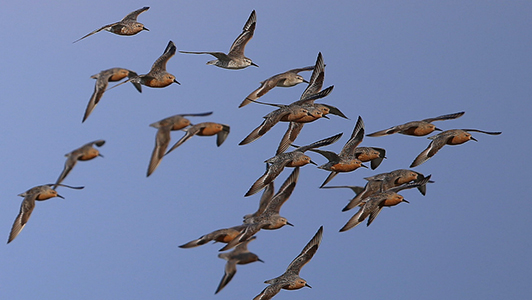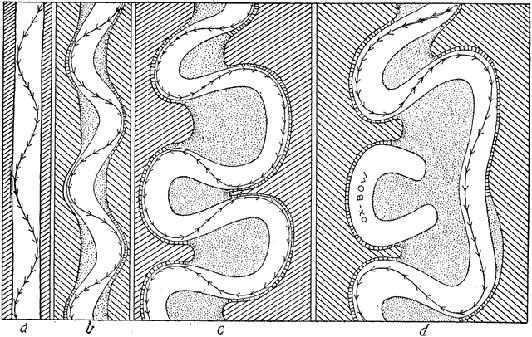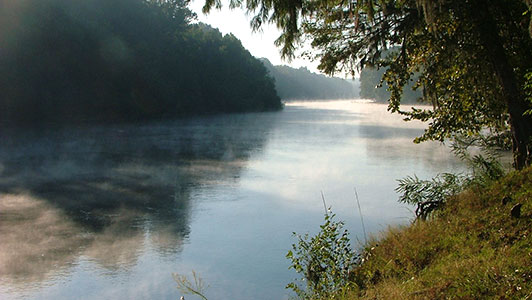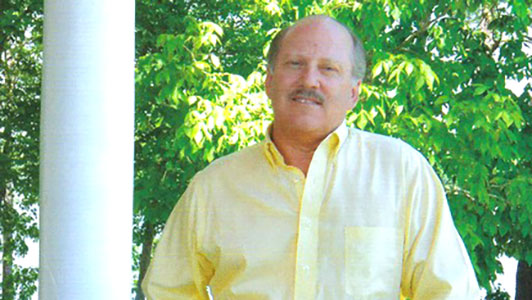
by lizzi | Nov 10, 2017 | News & Updates, Newsletter Vol. 4
Protection of the lower Altamaha River began in 1968, piece by piece. The pace accelerated in the last twelve years as federal and state agencies collaborated with non-profits and private philanthropy, investing more than $90 million to underwrite conservation...

by lizzi | Nov 10, 2017 | News & Updates, Newsletter Vol. 4
While few Georgians may realize how critical our coastal zone is to birds throughout the Western Hemisphere, the birds know. On November 1, the Western Hemisphere Shorebird Reserve (WHSRN) announced the designation of a wide swath of Georgia’s barrier islands...

by lizzi | Nov 10, 2017 | Newsletter Vol. 4, Project Profiles
Fat Meat Point, Saucy Boy Point, High-Low-Jack-and-the-Game Point, Spanish Cut, Wildcat Cut, Devils Elbow, Royal Lake — names leap from old navigation charts tracing the Savannah River as it winds from Augusta to the Port of Savannah. But following a century of...

by lizzi | Nov 10, 2017 | Newsletter Vol. 4, Project Profiles
Floating along the Savannah River’s forested banks, you probably aren’t thinking “Wow, what a great water treatment facility!” Maybe you should. Nearly two-thirds of America’s clean water supply comes from stream flow cycled through...

by lizzi | Nov 10, 2017 | Donor Profiles, Newsletter Vol. 4
“Small towns are generally smack in the middle of nature,” observed Dr. John W. “Rick” Richards, Jr., “and my hometown of Kershaw, South Carolina, was no different. I spent most of my summers, and much of the shoulder seasons at Lake Wateree down stream from the...






